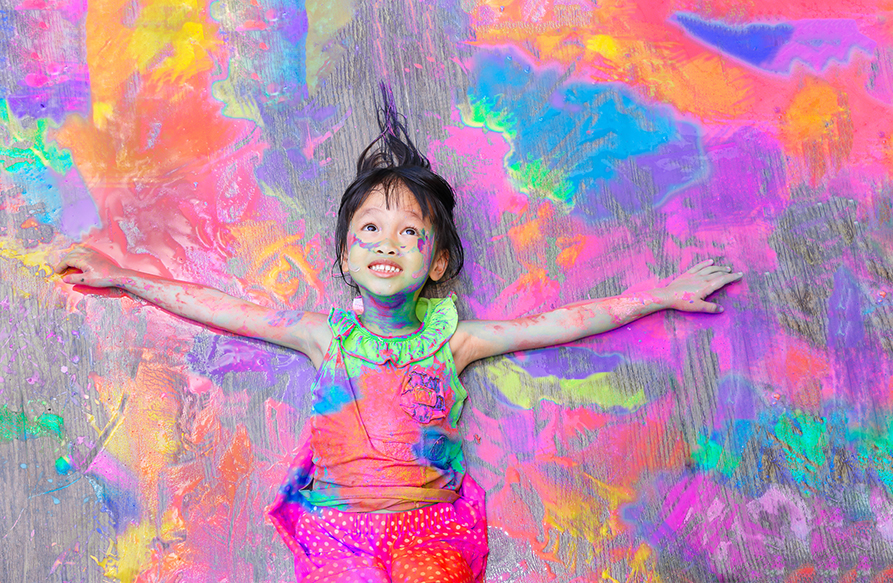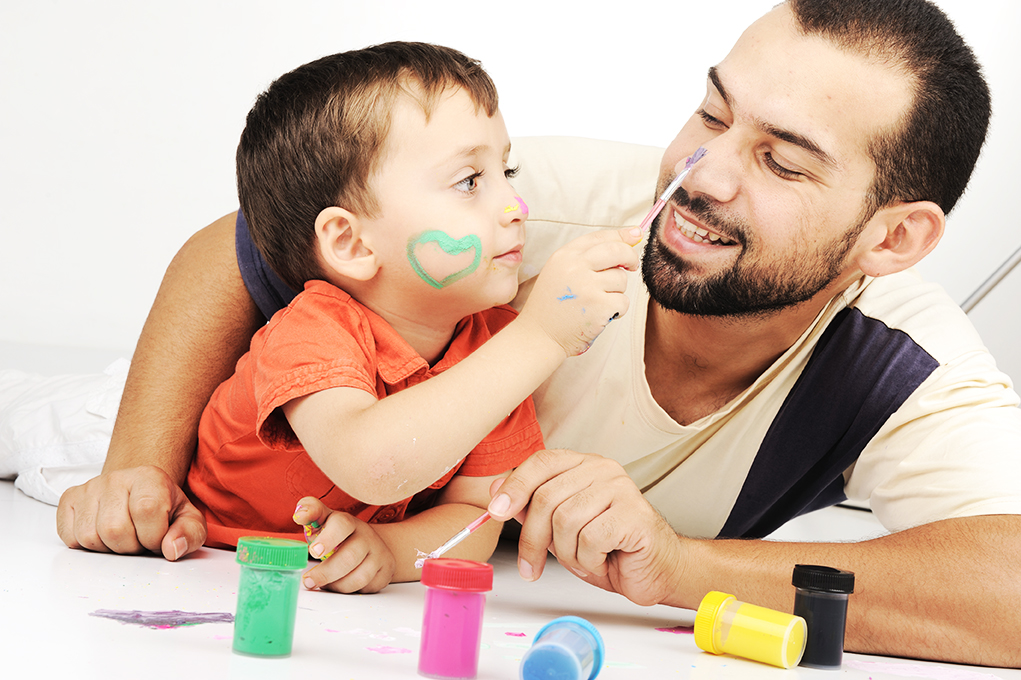
Children love to express their feelings and display their imagination through art activities and illustrations. Tales are a fantastic source for children to start their relationship with art and to find illustrations that help them to navigate through an adventure’s content and characters. But how important are art and illustrations to child development?
Let’s talk about solving problems with art!
When children face a blank canvas, they must make several decisions, such as adding lines, color, and volume. Plus, children confront the challenge of outlining each part of their project. For instance, when drawing a park, they must consider how to draw the ground, sky, along with some other objects while projecting an interlinked idea of events and emotions.
In every art project, children will need to assert what is the object of their interest and how this subject interacts with its surroundings. While accomplishing a simple task such as drawing a three, children will begin to face doubts and make decisions to discern distance, perspective, space, and harmony.

Several studies have addressed the importance of color in children’s development. In the article ‘Children’s Emotional Associations with Colors’ by Boyatzis & Varghese (1994)’, scientists found a correlation between positive and negative emotions when children use specific colors. In this study, measures such as brightness show different reactions.
In this regard, illustrations show kids how simple strokes can shape animals, humans, insects, and objects. A mix that includes children, art, and illustrations can turn into a fantastic way to educate and conceive new ideas.
Illustrations also help children to differentiate clear geometrical shapes, count sides and corners, and reveal the importance of few but decisive details to convey emotions, which might result hard for children when using only words.
Children hand-Eye coordination

Doing a new art project involves the proper handling of tools. Children will exercise their motor skills by taking care of the canvas and art materials.
They will have to resort to patience to draw straight lines, use sharp instruments like scissors, and be mindful of how particular tones or combinations of colors can create distinctive visual effects.
Children’s hands will be prepared to write and follow more delicate and patient tasks. According to Renee Phillips, Director of Manhattan Arts International, art also reduces stress, heals emotional burdens from trauma and loss, and makes individuals appreciate other people’s expressions and individuality.
Therefore, activity sheets are an effective way to assist children with their development. These sheets will offer a fun challenge to solve. Children will have to review their previous readings to find out clues within the illustrations to complete the tasks at hand.
Kids might see the world with different eyes. They still understand how machines and social patterns work while filling the gaps with imagination and personal thoughts. Kids’ brains make new connections in this stage by adding colors, signs, sounds, and more.
Engaging in art projects and having contact with illustrations will increase their creativity and bring new questions, which means new vocabulary, improving their awareness, and giving them more alternatives to describe their experiences.
Furthermore, books for children that include illustrations bring a myriad of new fun concepts for children, portraying a mix of space, time, and wild colors that stimulates their visual skills; and if these are included in an adventure, they can deliver more enjoyment and lead children to make associations with characters, their personalities, and motives.
By Eduardo Guillen
